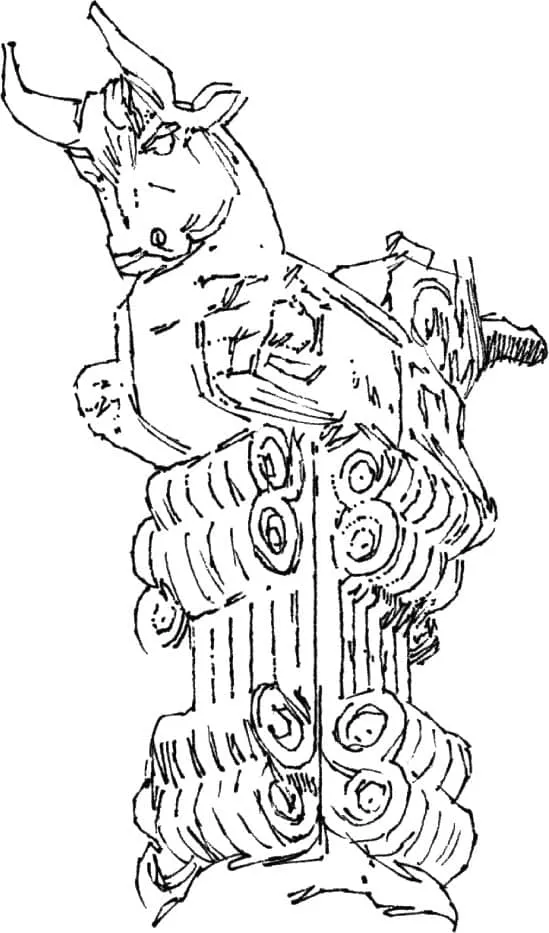
Architectural Styles
A Visual Guide
Margaret Fletcher,Robbie Polley
- 288 pages
- English
- ePUB (mobile friendly)
- Available on iOS & Android
Architectural Styles
A Visual Guide
Margaret Fletcher,Robbie Polley
About This Book
A hand-drawn guide to architectural styles throughout history Architectural Styles is an incomparable guide to architectural styles across the centuries and around the world. Modeled after an architect's plein air sketchbook, the volume features hundreds of detailed drawings by esteemed architectural illustrator Robbie Polley alongside incisive and informative descriptions. This unique guidebook takes readers from Europe and the Americas to Egypt, China, and India. It covers a host of historical and contemporary architectural styles, from ancient and classical to Pre-Columbian, Romanesque, Renaissance, Palladian, art nouveau, Brutalist, and biomorphic. It describes the histories and characteristics of the building traditions of each era and region of the world, and looks at key architectural elements such as buttresses, spandrels, curtain walls, and oculi. The book also includes a section on building parts—from domes and columns to towers, arches, roofs, and vaulting—along with a detailed glossary and bibliography.Comprehensive and authoritative, Architectural Styles is an essential resource for architects and designers and a must-have illustrated guide for anyone interested in architecture or drawing.
Frequently asked questions
Information
1
ANCIENT AND CLASSICAL
ANCIENT MIDDLE EAST
CIRCA 5300 BCE TO 650 CE
- mud brick
- tile
- relief sculpture
- animal and human form in sculpture
- load-bearing construction
- ziggurat







ANCIENT EGYPT
CIRCA 3000 TO 30 BCE
Table of contents
- Cover
- Title Page
- Contents
- Introduction
- 1 Ancient and Classical
- 2 Medieval and Renaissance
- 3 Baroque to Art Nouveau
- 4 Modern and Contemporary
- 5 Elements
- Glossary
- Index
- About the Author
- Copyright